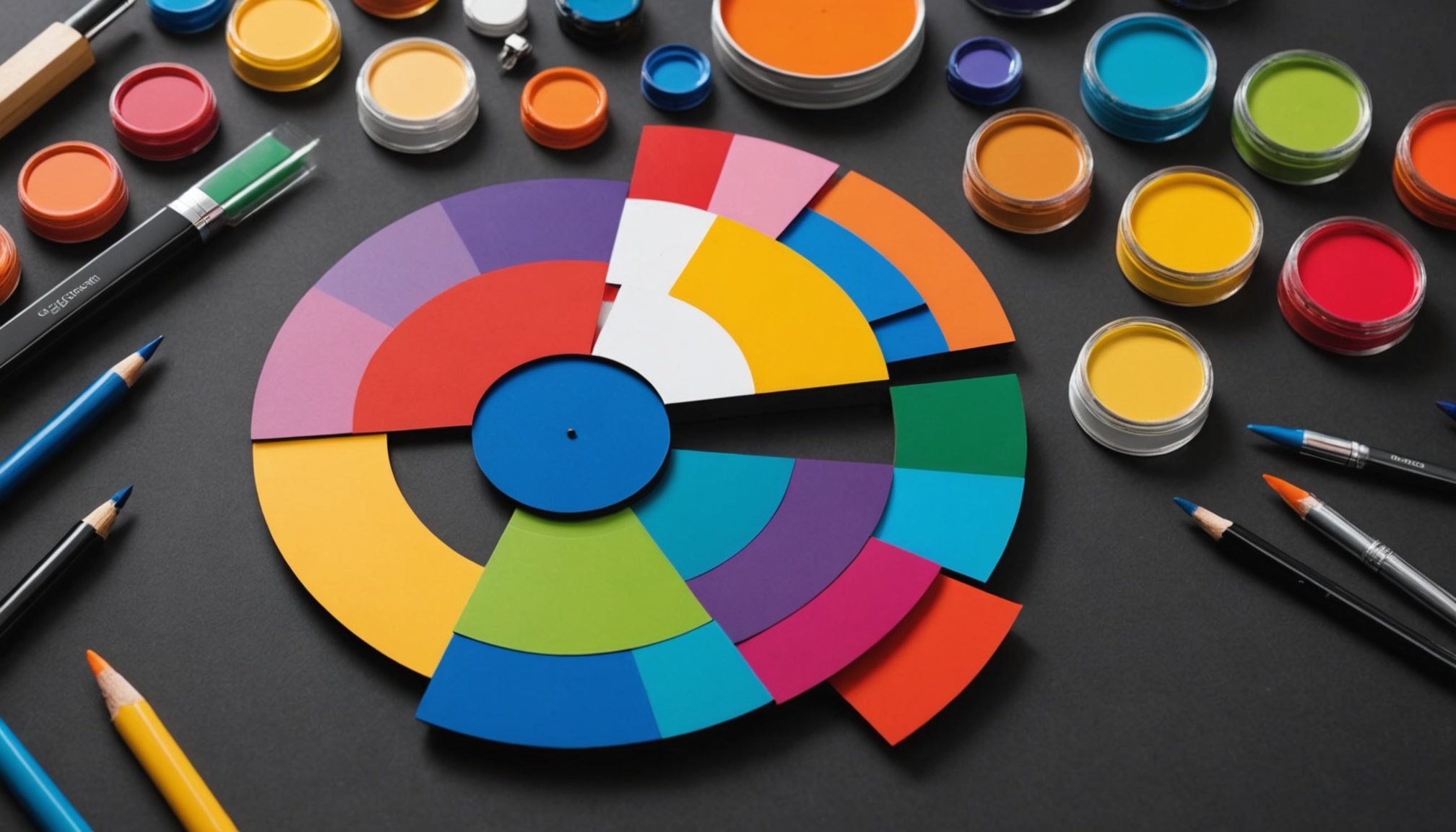Color plays a vital role in our daily lives, influencing our emotions and perceptions. In the realm of fashion, understanding color theory can significantly enhance your personal style and outfits. This article is designed to guide you through the nuances of color, helping you to make informed choices when it comes to your wardrobe. By exploring the color wheel, the differences between warm and cool shades, and how they can complement your skin tone, you will learn how to create engaging outfits that truly reflect your individuality.
Understanding the Color Wheel
To grasp the fundamentals of color theory, it’s essential to start with the color wheel. This visual tool demonstrates how colors relate to each other. You will find primary colors like red, blue, and yellow, which cannot be created by mixing other colors. Secondary colors, formed from mixing primary colors, include green, orange, and purple. Finally, there are tertiary colors that result from mixing a primary with a secondary color.
Have you seen this : How can you accessorize your outfit for a professional yet fashionable look?
Using the color wheel, you can identify complementary colors, which are opposite each other on the wheel. For instance, red and green are complementary, while blue and orange also form a strong visual impact when paired together. This is particularly useful for creating striking outfits that catch the eye.
Moreover, you can explore analogous colors, which are next to each other on the wheel, like blue, teal, and green. These combinations create a harmonious look, suitable for a more understated style. Understanding how to navigate the color wheel empowers you to make smarter fashion decisions, ensuring that each piece in your wardrobe complements another. By implementing these principles, you not only elevate your personal style but also enhance your overall confidence in your outfits.
Also read : How can layering jewelry enhance your overall look without being overwhelming?
Warm vs. Cool Colors: Finding Your Style
Colors can be classified into two categories: warm and cool. Warm colors include shades like red, orange, and yellow. These hues evoke feelings of warmth, energy, and excitement. They can be perfect for those who wish to make a bold statement or bring vibrancy to their outfits.
On the other hand, cool colors encompass blues, greens, and purples. These shades are calming and serene, often associated with tranquility and professionalism. Opting for cool shades may convey a more relaxed or sophisticated vibe in your wardrobe. When selecting colors for your personal style, consider your skin tone.
Individuals with warm undertones generally look best in warm colors, while those with cool undertones find that cool colors flatter their appearance. Identifying your undertone can be accomplished by examining the veins on your wrist; green-tinged veins suggest warmth, while blue indicates coolness.
Additionally, experimenting with various shades within these categories can produce stunning results. A deep navy blue can exude elegance, while a bright sunflower yellow can radiate joy. By mixing warm and cool tones, you can create a balance that reflects your personality, resulting in outfits that are both unique and visually appealing.
Integrating Color Theory into Your Wardrobe
Now that you understand the basics of color theory and the differences between warm and cool colors, it’s time to integrate this knowledge into your wardrobe. Start by assessing your current clothing inventory and identify the dominant colors. This will help you understand what shades you are drawn to and which ones you may be missing.
When creating new outfits, consider how you can incorporate both warm and cool colors. For instance, pair a vibrant red blouse with a soft blue skirt. This combination not only aligns with the principles of color theory but also creates a visually appealing contrast. Accessories are also a fantastic way to experiment with color. A warm-toned handbag can enhance a cool-toned outfit, adding a pop of excitement without overwhelming your overall look.
Additionally, focus on layering your outfits. A classic white shirt can serve as a versatile base, allowing you to experiment with colorful jackets or scarves. This approach not only keeps your look fresh but also reinforces your understanding of how colors interact. Incorporating the principles of color theory will enhance your personal style and ensure that each outfit you create is thoughtfully composed.
The Impact of Color on Mood and Perception
Colors can significantly impact our mood and the way we perceive others. By utilizing color theory in your fashion choices, you can consciously project desired emotions or qualities. For instance, wearing blue often conveys trust and calmness, making it an excellent choice for professional settings. In contrast, red is associated with energy and passion, which can be ideal for social events or outings where you want to stand out.
Understanding the psychological effects of color can aid you in making strategic choices for different occasions. If you aim to present a confident demeanor at a job interview, consider incorporating deeper shades like navy or forest green, which exude professionalism. Conversely, if you’re heading to a casual gathering with friends, a cheerful yellow outfit might enhance the overall fun atmosphere.
Moreover, pay attention to how colors make you feel. Wearing colors that resonate with your personality can boost your confidence and positively impact your mood. It’s essential to curate a wardrobe that not only looks great but also feels great to wear. By consciously selecting colors based on their emotional resonance and psychological impact, you can elevate your style while enhancing your well-being.
Incorporating color theory into your personal style may seem daunting at first, but with understanding and practice, it can become second nature. By familiarizing yourselves with the color wheel, recognizing the difference between warm and cool tones, and understanding how colors influence mood and perception, you can create outfits that are not only stylish but also reflective of your personality.
The key to elevating your style lies in experimentation. Don’t be afraid to try new combinations and discover which colors resonate with you. Over time, as you develop your skills in utilizing color theory, your wardrobe will transform into a collection that truly represents your unique style. Embrace the power of color, and let it guide you in your fashion journey.











